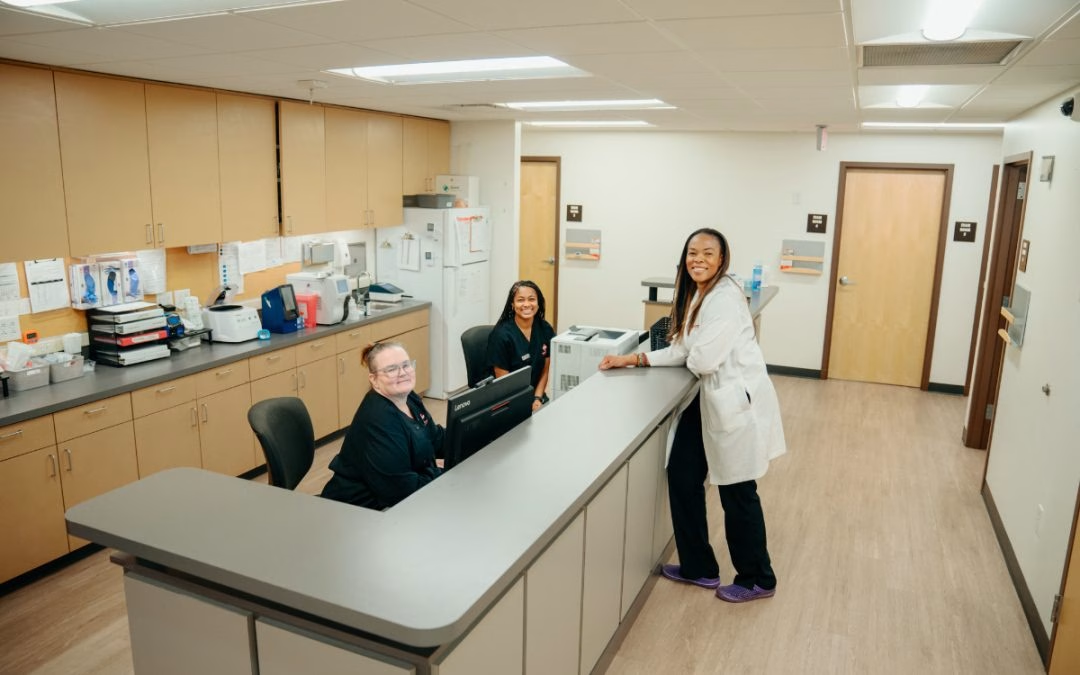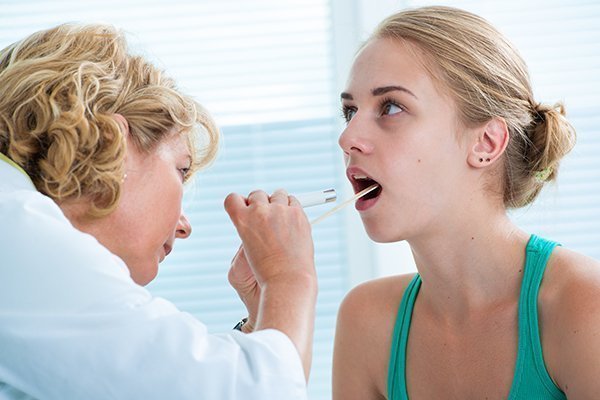by | Mar 13, 2024 | Family Health

Understanding Pink Eye and Styes
There isn’t much like a visit to the local aquarium to excite children. Not only are there massive tanks full of delightful fish, but the interactive displays beg children to learn as they touch and explore. Along with all the touching comes contact with germs. Lots of them!
Children are absent on millions of school days annually across the U.S. due to pink eye infections. Pink eye, medically known as conjunctivitis, occurs when the clear tissue (conjunctiva) covering the inside of the eyelid that protects and lubricates the eyeball becomes swollen. This condition, which affects both adults and children, is caused by several factors, leading to several types of infections. Likewise, styes can affect adults and children, making the eyes red, however, the difference between them is that styes are bumps that appear on the eyelid.
Pink Eye Symptoms:
- Watery eyes
- Blurred vision
- Green or white stringy discharge
- Increased sensitivity to light
- Crusting of the eyelids or lashes, especially while sleeping
- Redness and swelling in the white of your eye or inner eyelid
- Thick yellow discharge that crusts over your eyelashes, especially after sleep
- Gritty feeling in one or both eyes
The causes of pink eye can vary, including bacterial, viral, allergic, or environmental factors. The type of pink eye your child has will determine the appropriate course of treatment and management.
Causes and Types of Pink Eye in Children
Viral Conjunctivitis: Often caused by viruses like adenovirus, resulting in mild to severe infections with symptoms like the common cold. It can last five to seven days and is highly contagious.
Bacterial Conjunctivitis: Caused by bacteria such as Streptococcus pneumoniae or Haemophilus influenzae. Antibiotic eye drops can help shorten the duration and reduce transmission.
Allergic Conjunctivitis: Triggered by environmental factors such as pollen, dust, or pet dander. Antihistamine allergy medications, including eye drops, can provide relief.
Environmental Irritants: Chemicals, airborne irritants, or foreign objects in the eye can lead to this form of conjunctivitis.
If a baby develops pink eye, they must be seen immediately by a doctor to rule out harmful bacteria that may have passed to them at birth.
Signs and Symptoms of a Stye:
- A red bump on the eyelid like a boil or a pimple
- Eyelid pain
- Eyelid swelling
- Tearing
While pink eye and styes share several symptoms such as redness of the eyes and sensitivity to light, they are distinct issues with different causes.
Stye is also a bacterial infection that can make a child’s eyes pink. The difference between a stye and pink eye is that styes are red painful boil or pimple-like bumps that form on the eyelids. The infection occurs when one or more of the small glands near the eyelashes get clogged and then bacteria begin to grow. It is possible to have more than one stye at a time.
Management and Treatment
Both styes and pink eye last for about the same amount of time, one to two weeks, and will often resolve on their own without intervention. Severe cases of bacterial conjunctivitis may require antibiotics. Understanding these differences can help parents identify and manage these eye conditions effectively in their children.
Both pink eye and styes share an important need for good hygiene. Pink eye can be spread easily to others, so constant handwashing is necessary, particularly if you touch an infected eye or touch a surface that has been touched by someone who has an active infection.
Warm compresses placed over the eyes will help with both ailments and bring a measure of relief as your child’s body heals.
If you have any concerns about your child’s eye health, visit AFC Urgent Care Chattanooga for proper diagnosis and treatment.


